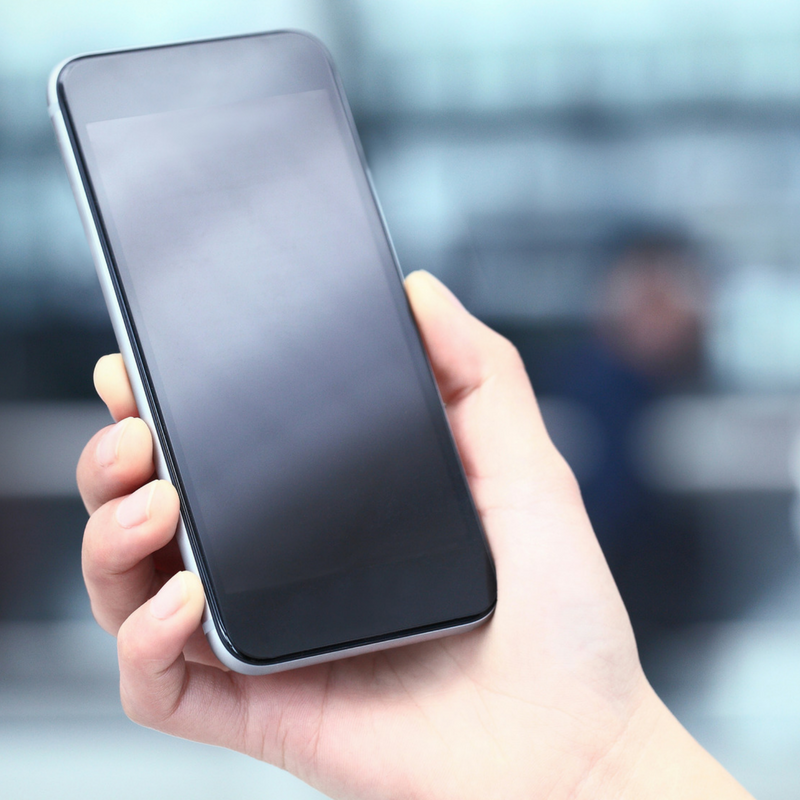Most people have a love/hate relationship with smartphones: They provide resources and information expeditiously in just a few clicks, but can also divert attention from timely tasks and goals, like paying attention in class. The reality is, most students have smartphones, and they’re using them in class. A survey by the University of Nebraska-Lincoln, discussed in this Harvard University article, found that students at six universities use cell phones an average of eleven times per day in class. The “no phones in class” rules of the past don’t account for the fact that as technology changes, students are changing, and classrooms must change with them.
Utilizing mobile technology in the classroom offers a more flexible approach to learning and can increase the effectiveness of time spent together while turning students into active participants. One such area involves the use of response tools, or “clickers,” in the classroom. Why not capitalize on the technology most students have in their pocket, rather than adding cost to the already high price of course materials? Polling apps, like the four reviewed here, make it easy to turn smart phones into engaging response tools.
A few common ways instructors enhance learning opportunities through technology is through the use of videos and simulations. OpenStax has put together a great collection of "Dynamic Concept Trailers™" to bring key physics concepts to life in your course. These 1 ½ - 2 minute professionally produced videos introduce students to a topic using real-world examples, and are just the right length to incorporate into a lecture. If you want students to "do" something, rather than just watching, PHET Simulations are mobile friendly, and a great way for students to get to interact with what they are seeing in a way that requires them to think about fundamental Physics concepts. For a fun in-class competition, let the students work in groups and see who can solve a given simulation fastest for a few extra credit points.
These are just a few ideas for how to make the most out of smartphones in the classroom. There are so many uses, from apps that provide supplemental learning opportunities, to reminders and class communication systems. The bottom line is, smartphones are here to stay, and hopefully these ideas may help spark your students’ interest, and offer another channel for engagement in class.
Do you use smartphones in a way not mentioned here? We would love to hear about your methods in the comment section.
The Expert TA blog was created to serve as a hub of information to help educators track and discuss trends in education, software and student performance. Stay in-the-know by signing up for the Expert TA newsletter below.



